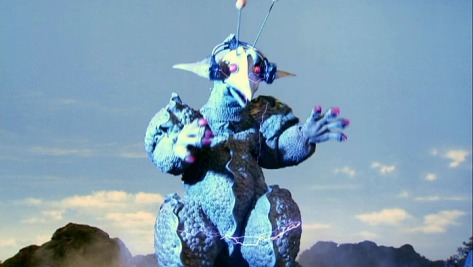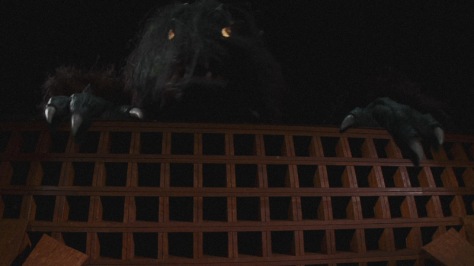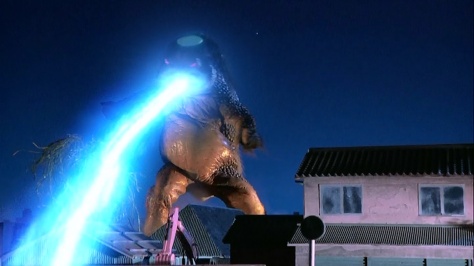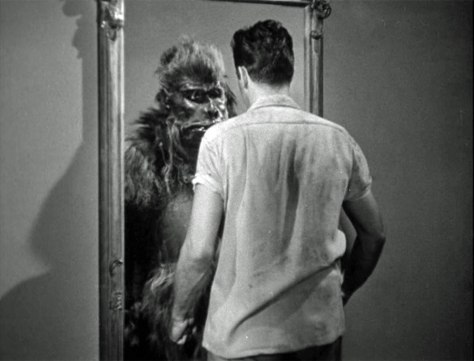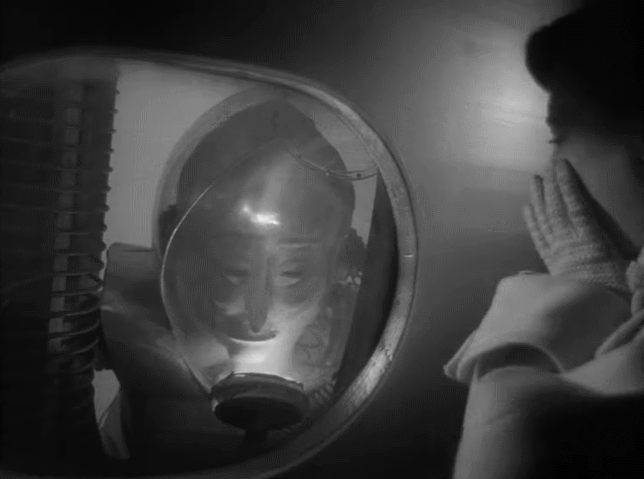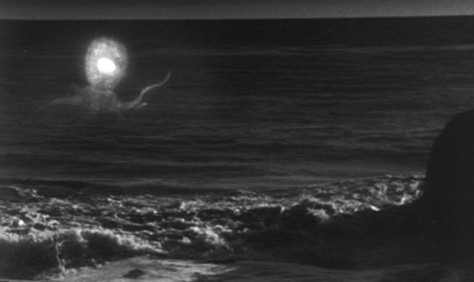
Two movie posts in one week? Yes, I had so many things I wanted to write about that I’m starting my double features a bit early this summer. In June, you’ll be getting a new millennium subject early in the week, and something more vintage on Thursdays.
I was already planning on writing about this movie at some point, but the passing of Roger Corman (a few weeks ago as of this posting) made it a top priority, and I’m hoping to cover more of his movies in the near future. Of course, Corman had a big impact on the entirety of Hollywood film with his prolific filmography, general eye for talent, and, let’s say, economical methods, but the many monster movies he either directed (I’ve written about a few of them) or produced do have a special place in that vast filmography—with all their B-movie qualities, there were a few that offered genuine innovation in the category, or at the very least were uniquely bizarre and entertaining. There are also the times where he provided a starting point for filmmakers who would go on to become some of the biggest creative forces in monster movie history, including Joe Dante’s big break with Piranha. In a career that spanned everything from Edgar Allan Poe adaptations to women in prison movies and eccentric comedies, the monster movies are a crucial part of his legacy—beginning with Corman’s first-ever film as a producer.
As the story goes, Corman was irritated after seeing a script he wrote altered by the studio, so he decided to start his own production company to have complete control of the movies he worked on. Monster From the Ocean Floor was the first film he produced, and its six-day, cost-saving-whenever-possible production (the budget is somewhere between $12,000 and $35,000 depending on who you ask) was the beginning of the patented Corman method that would serve him for the rest of his career. The money he received up front from Lippert Pictures for Monster was used to fund his next movie, something called The Fast and the Furious(!), which was the first movie he worked on with distributors Samuel Z. Arkoff and James H. Nicholson, the founders of his longtime distributor American International Pictures.
On a pure film history level, Monster From the Ocean Floor is actually significant, even if it is rather unassuming as a low budget fifties monster movie that could be best described as “quaint.” I would also argue that it, in its unassuming way, it’s also a fairly forward-looking piece of fifties creature feature history—released between more famous big studio fare, specifically Creature From the Black Lagoon and Them!, it gets into some of the major themes of the era early, signalling the specific form of nuclear paranoia that haunts a large number of these movies. Corman and his crew were not establishing their own distinct brand of monster movie, but developing the entire genre as a whole without really trying—and that’s a very Corman thing to do.
Continue reading Monster From the Ocean Floor (1954)
